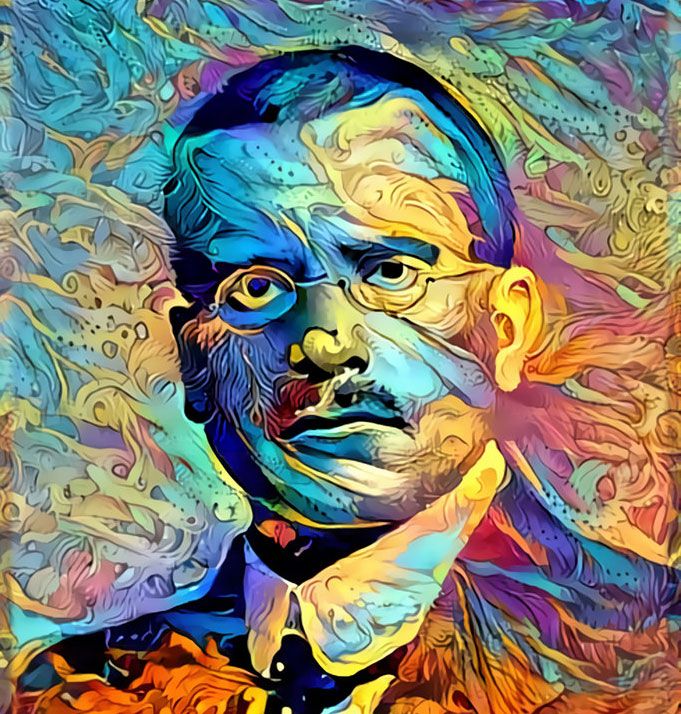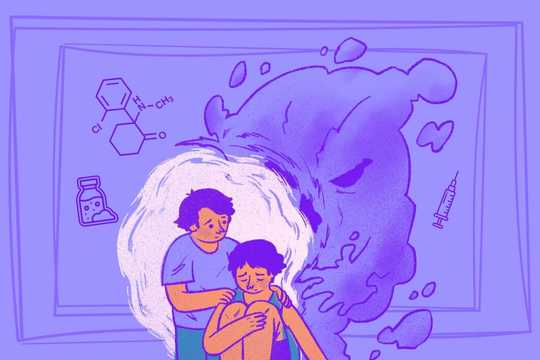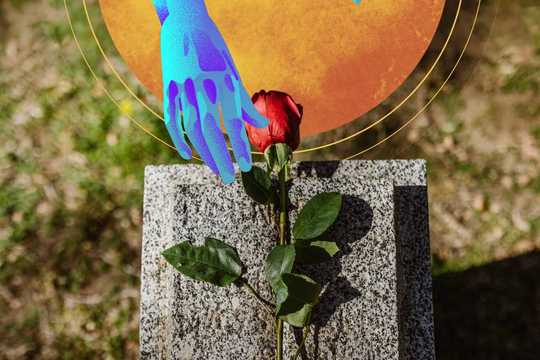The psychedelic journey through other states of consciousness potentially impacts the journeyer mentally, emotionally, spiritually, physically and environmentally. Following these experiences there is an immediate need to return to baseline safely and with the least possible amount of disruption to our stability, while successfully assimilating themes and lessons that are illuminated.
Touring through different realms of ontological realities and gaining new knowledge encourages both psychic and concrete return to wholeness – consciously and unconsciously, personally and collectively.
Harnessing psychedelic use for the purpose of psychological and spiritual (psycho-spiritual) healing and growth, the immediate and long-term post-journey integration phase is an opportune time to rebalance with the added intention of utilizing any visions from the psychedelic plane towards self-care, personal development and a visible improvement of our lives as we evolve individually and as a people.
Psychedelic Integration: Set – Setting – Skillset – Support
Psychedelic intentionality is not a new concept by any means; preparation strategies of set and setting were introduced in 1964 in Leary, Alpert and Metzner’s The Tibetan Book of the Dead-based psychedelic manual, and integration through community council has been utilized in indigenous cultures.
However, there doesn’t seem to be an all-encompassing framework that invites the user to attune to all stages and subtleties of psychedelic engagement. Psychedelic integration is typically regarded as a follow-up period subsequent to psychedelic journeying, ongoing engagement with psychedelic substances invites a new look at integration as a repetitive cycle that is intertwined in the journeyer’s life, and the people and communities that surround them.
This perspective suggests psychedelic integration is an immersive period of mindfulness around all aspects of psycho-spiritual psychedelic use, including the preparation, engagement and post-integration stages. Recurrent use implies the journeyer is constantly engrossed within one or more of these primary stages as they potentially overlap in linear time. Within this continuum, the journeyer will ideally employ and integrate these foundations to promote an equilibrium across all stages of the psychedelic experience:
SET – Mindset and personality of the individual, attitude towards the experience, mood at time of ingestion, and intention set towards the journey
SETTING – Interpersonal, social and environmental surroundings
SKILLSET – Psychedelic space navigation tools cultivating personal agency, diligence and consciousness depth/breadth exploration capability
SUPPORT (COMMUNITY) – personal relationships serve as a witness, a testing ground, a vehicle of growth for all individuals and a live connection to the collective consciousness.
Individual and Collective Integration
Depth Psychiatrist Carl Jung’s view of the individual as a vehicle of consciousness that ascends in human evolution points to a recognition of personal responsibility and commitment to inner growth benefiting the individual and the collective.
A subjective individuation process is the inner healing intelligence by which a person becomes a psychological & spiritual ‘in-dividual’: a separate, indivisible whole, turning conscious as a singular state of Oneness. This process is amplified through psychedelic use and aids in integration of the psyche and can lead to transformation in all aspects of human life.
Tibetan Model
Psychedelic integration with the goal of individuation is an undertaking similar to the Tibetan Buddhist model of transpersonal stages where the person mindfully works to:
- Process to comprehend the insights and their manifestation through various elements of the psyche: the Ego, the Shadow and archetypal imprints;
- Creating a mindful container to experience them in the everyday and taking action to release undesired patterns;
- Stabilize and solidify desired behaviors with ongoing practice;
- Reach liberation as a self-actualized, conscious Self.
The personal integration journey (short or long term) concurrently ignites a similar process in the collective counterpart:
- The transpersonal state encountered in the psychedelic realm fulfills the journeyer with a divine perspective on life, alerts to the true nature of Self and introduces a new capacity for personal & collective awareness.
- With an expanded mindset and worldview the they are compelled to revisit their familiar reality through a different lens.
- An inner examination of disturbances of the Ego-based reality, Shadow & archetypes are necessary gestures towards psyche integration.
- Through mindful, ongoing integration the visions, lessons, knowledge and understandings gained in the psychedelic plane are interpreted, manifested and imprinted in the individual’s ordinary, daily state of consciousness.
- The interior relationship with the psyche, investigated and augmented in personal integration, is reenacted, mirrored and validated in exterior relationships within the community, contributing to the psychological well- being of the individual and the fellowship/health of the social group.
- A fulfilled and purposeful individual willingly contributes to the greater collective experience, perpetuating a universal pattern of expansion and transformation, influencing mankind/evolution indefinitely.
- Lowering the conscious threshold to merge with the unconscious (a process called abbaisement) enlightens the collective consciousness, resulting in a more harmonious existence for all beings.
Psychedelic Resolution-Revolution-Evolution
Along with an ability to offer near-immediate resolution of intrapersonal disputes through inner inquiry, psychedelics can be regarded as educational tools revealing to the journeyer extra-ordinary knowledge, concepts, notions, ideas and possibilities otherwise left unknown. They can attune the individual to a multitude of intricate personality traits sometimes disregarded or ignored by conventional therapy.
These include an understanding of the human condition, the ability to surrender to the natural flow of life, and a detachment from ego-identity in favor of identifying with the higher, true Self, of which fulfillment of one’s potential and actualization are bi-products.
Mindful psychedelic integration into one’s life encompasses not only the post-journey period but the full spectrum of the psychedelic experience to assimilate the set, setting, skillset and support as intentional foundations of psychedelic journeying. Adding to a favorable etiquette and safety profile of psychedelic use, psychedelic integration can prompt personal psycho-spiritual progress to intensify and expedite, leading to a rapid and positive transformation in the collective.
Within the context of collective expansion, recognizing the psychedelic ability to inactivate any systematic genetic and cultural programs and filters in the brain prizes them as no less than evolutionary instruments. The millions of users of these instruments – as well as the people that don’t use them – can greatly benefit from an organized communal integration support system which will not only correspond with the much-needed harm reduction approach.
Optimally it will recognize and validate the potential of the psychedelic experience to further magnify its role as a catalyst for personal and collective evolvement.
References
Leary, T. (1964). The psychedelic experience: A manual based on the Tibetan book of the dead. New York: University Books.
Jung, C. G. (1940). The meaning of individuation (S. Dell, Trans.). In The integration of the personality. London: Routledge & Kegan Paul.
Johnson, R. A. (1986). Inner work: Using dreams and active imagination for personal growth. San Francisco: Harper & Row.
Jung, C. G. (1969c). The structure of the psyche. In The Collected Works of C.G. Jung (Vol 8). (Original work published 1931).
Berzoff, J., Flanagan, L. M., & Hertz, P. (2011). Inside out and outside in: Psychodynamic clinical theory and psychopathology in contemporary multicultural contexts (3rd ed.). Lanham: Rowman & Littlefield Publishers, Inc.
Naranjo, C. (1973). The Healing Journey: Pioneering approaches to psychedelic therapy. New York: Random House.
Walsh, R. (2012). From state to trait: The challenge of transforming transient insights into enduring change. In Spiritual growth with entheogens: Psychoactive sacramental and human transformation. South Paris, ME: Park Street Press.
Grof, S. (2008). A brief history of transpersonal psychology. International Journal of Transpersonal Studies, 27, 46–54.
Metzner, R. (1968). On the evolutionary significance of psychedelics. Main Currents in Modern Thought. 25(1), 20-25. Metzner, R. (2002). The Role of Psychoactive Plant Medicines. In C. S. Grob, (ed.) Hallucinogens: A Reader. Tarcher.






